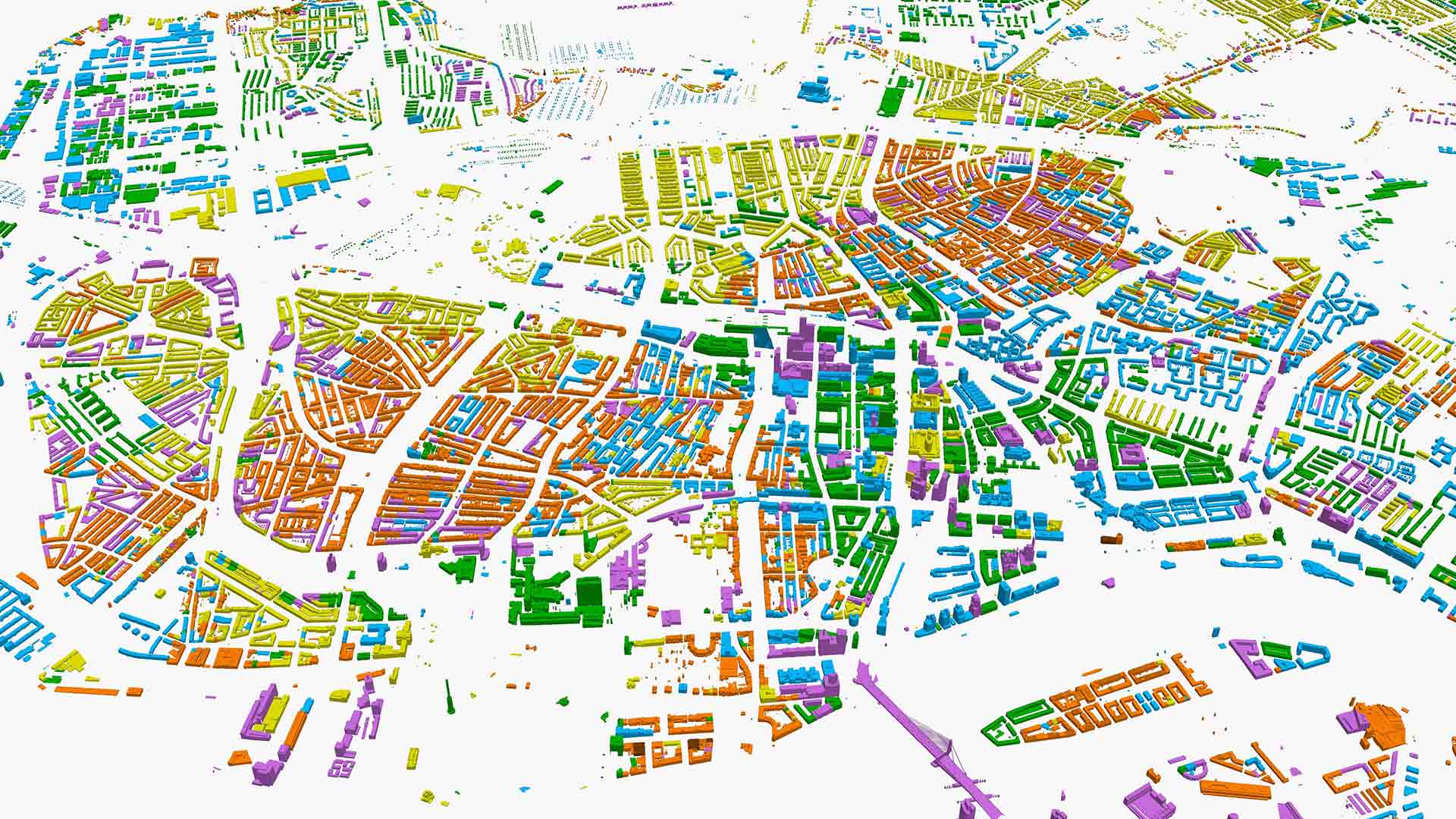The restaurant industry’s latest buzzword—fast-fine dining—has been applied to everything from quick-serve burgers to high-priced steaks. But the trend’s exact description may be less important than where a fast-fine restaurant is located and whom it might attract.
Some observers apply the fast-fine moniker to restaurants serving a moderately higher-caliber fare than traditional fast food. Others, including Souvla in San Francisco, put a fast-food spin on an upscale menu while retaining the ambiance of restaurant dining. For Wonder, an online food court offering creations by notable chefs like Bobby Flay and Jonathan Waxman, fast-fine means upscale meals delivered to your door.
For companies exploring opportunities in fast-fine dining, there’s a fundamental question: will the market support it? The work of analyzing a market and its customers comes long before deciding what to call the eatery.
Fans of Fast-Fine
In identifying which segments of the population a business might serve in which locations, executives often use a geographic information system (GIS) to analyze demographics and other data on a smart map.
When assessing a fast-fine restaurant’s likely clientele, market analysis might reveal that Gen Z has a greater interest in certain food than Millennials, with an emphasis on organic and unprocessed products. Yet they also spend less on food than their older peers.
GIS technology brings data-driven rigor to this analysis. On a map, analysts can place consumer data like credit card transactions to reveal the profile of a large metropolitan area or a small neighborhood.
Modern GIS includes a form of artificial intelligence called GeoAI, which models how much revenue a business is likely to generate based on surrounding demographics and psychographics.

Fast-fine is ultimately an aspirational concept, serving consumers in a way that sacrifices neither convenience nor quality. Finding that sweet spot is always a geographic problem, and it demands a geographic solution.
Understanding a Market: The Core Tenets Apply
This kind of location analysis is common across the retail industry. For instance, a provider of chiropractic services with a national footprint relied on location data to plan its expansion strategy with key demographic groups.
“We look for which of those groups are our best patients,” the company’s GIS manager told WhereNext. “Out of all the possible patients across the country, which dominant groups do their neighborhoods contain?”
With that information organized on GIS maps, the company identifies locations where likely customers live and shop.
Siting a potential restaurant requires a similar approach. The rise of fast-fine adds new dimensions to the questions, but the core tenets of market analysis still apply.
With the rise of celebrity chefs, the mainstreaming of foodie culture, and a consumer trend toward convenience, it’s no surprise the fast-fine concept has taken off.
Today’s diners want “fast” as much as “fine,” and some will pay a premium for first-rate food that arrives at their doorstep—or is just a quick take-out drive away.
Businesses need the location intelligence to know who and where they are.
The Esri Brief
Trending insights from WhereNext and other leading publicationsTrending articles
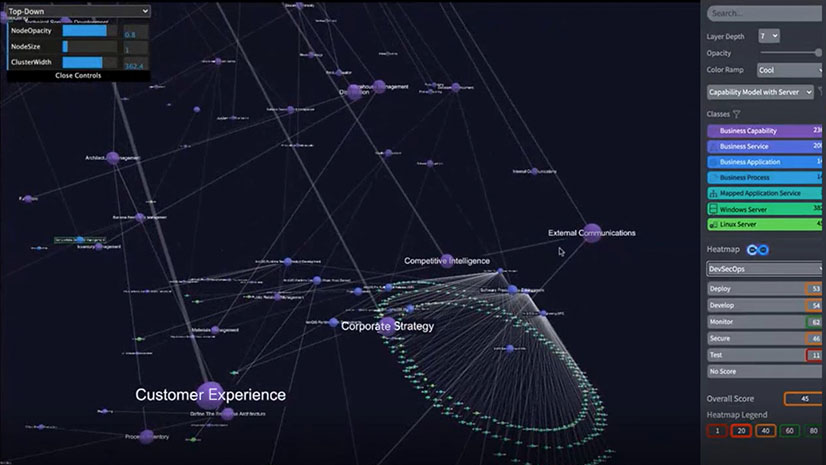
December 5, 2024 |
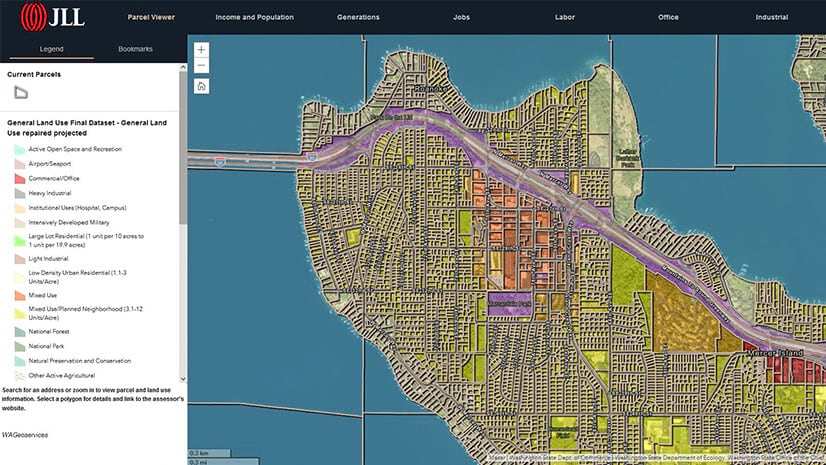
July 25, 2023 |

February 25, 2025 |
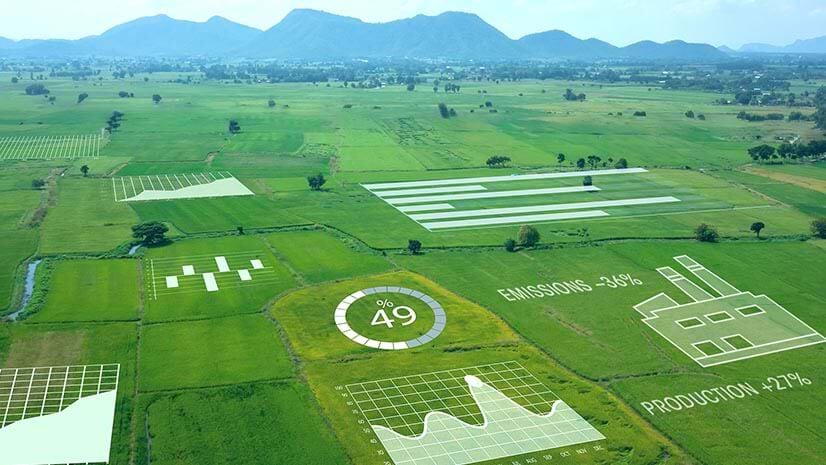
November 25, 2024 |
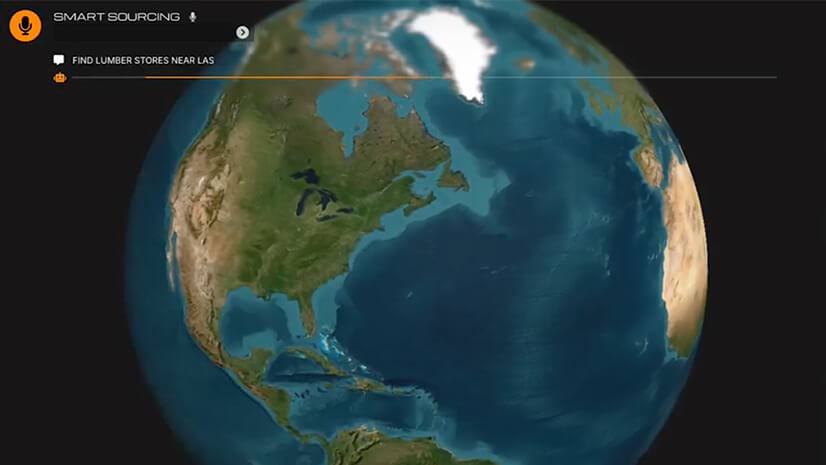
April 1, 2025 |
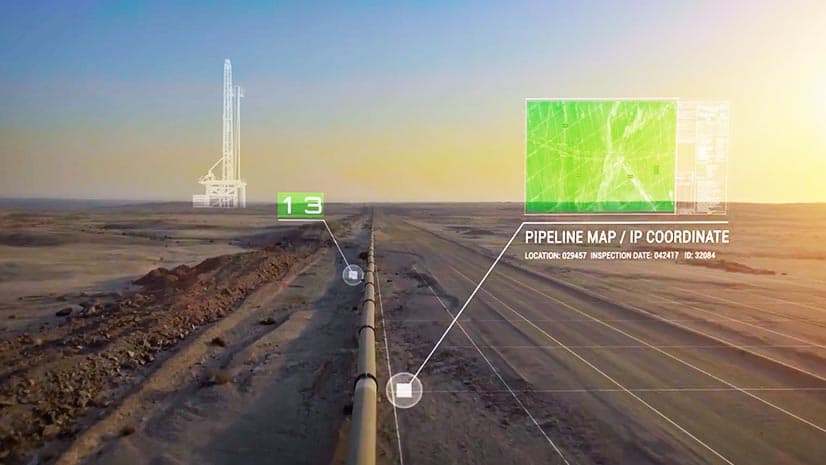
November 12, 2018 |



